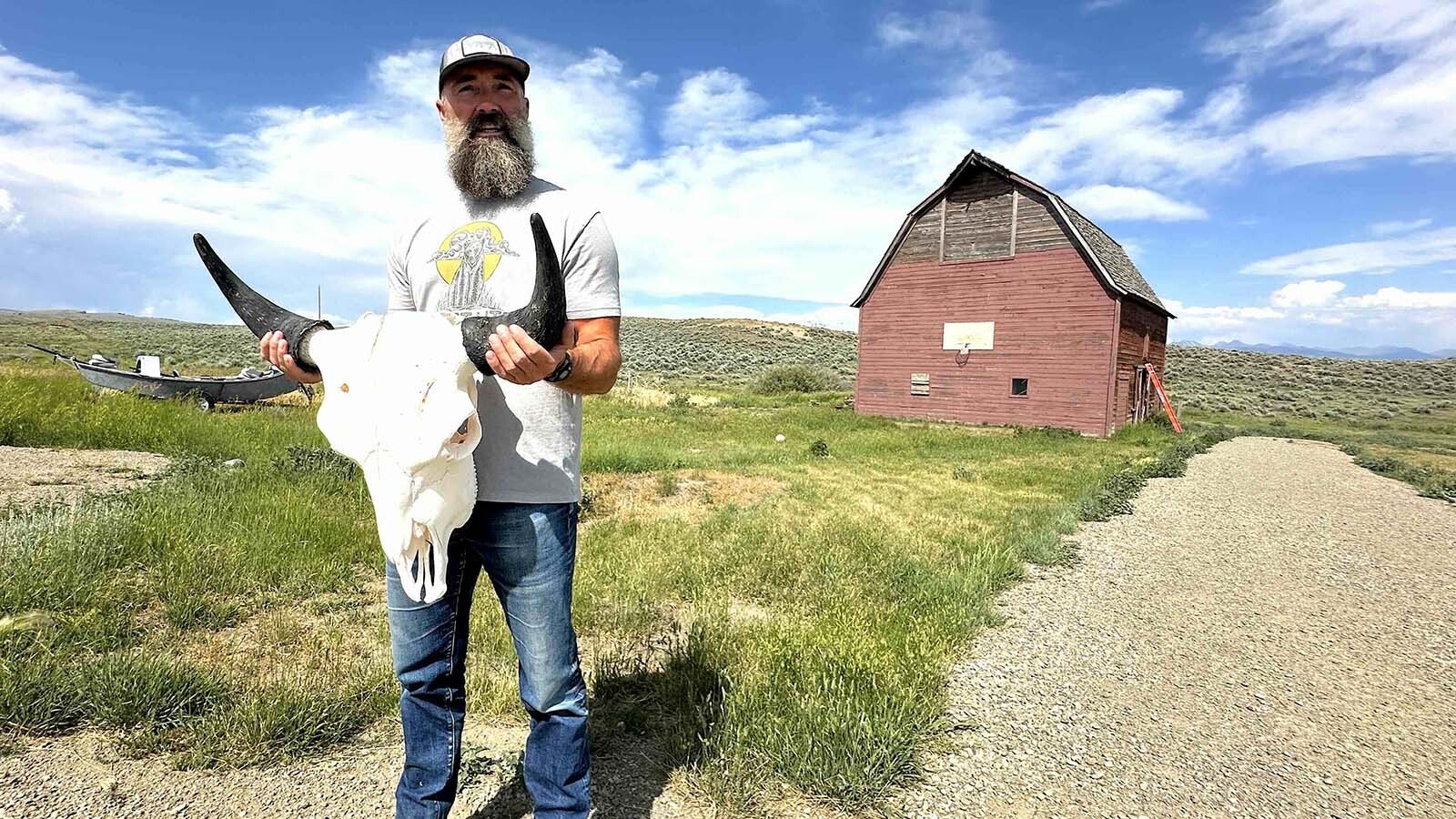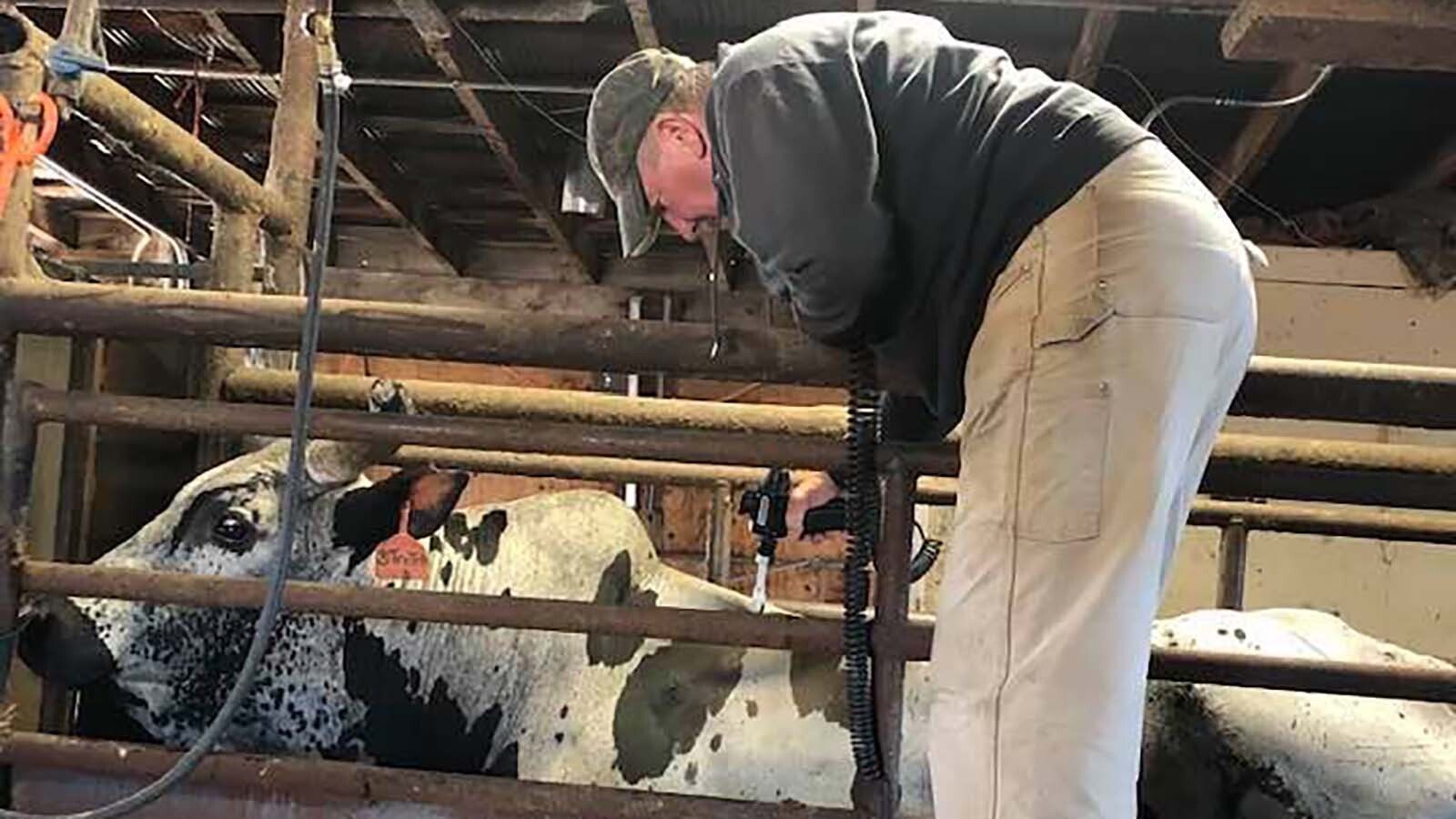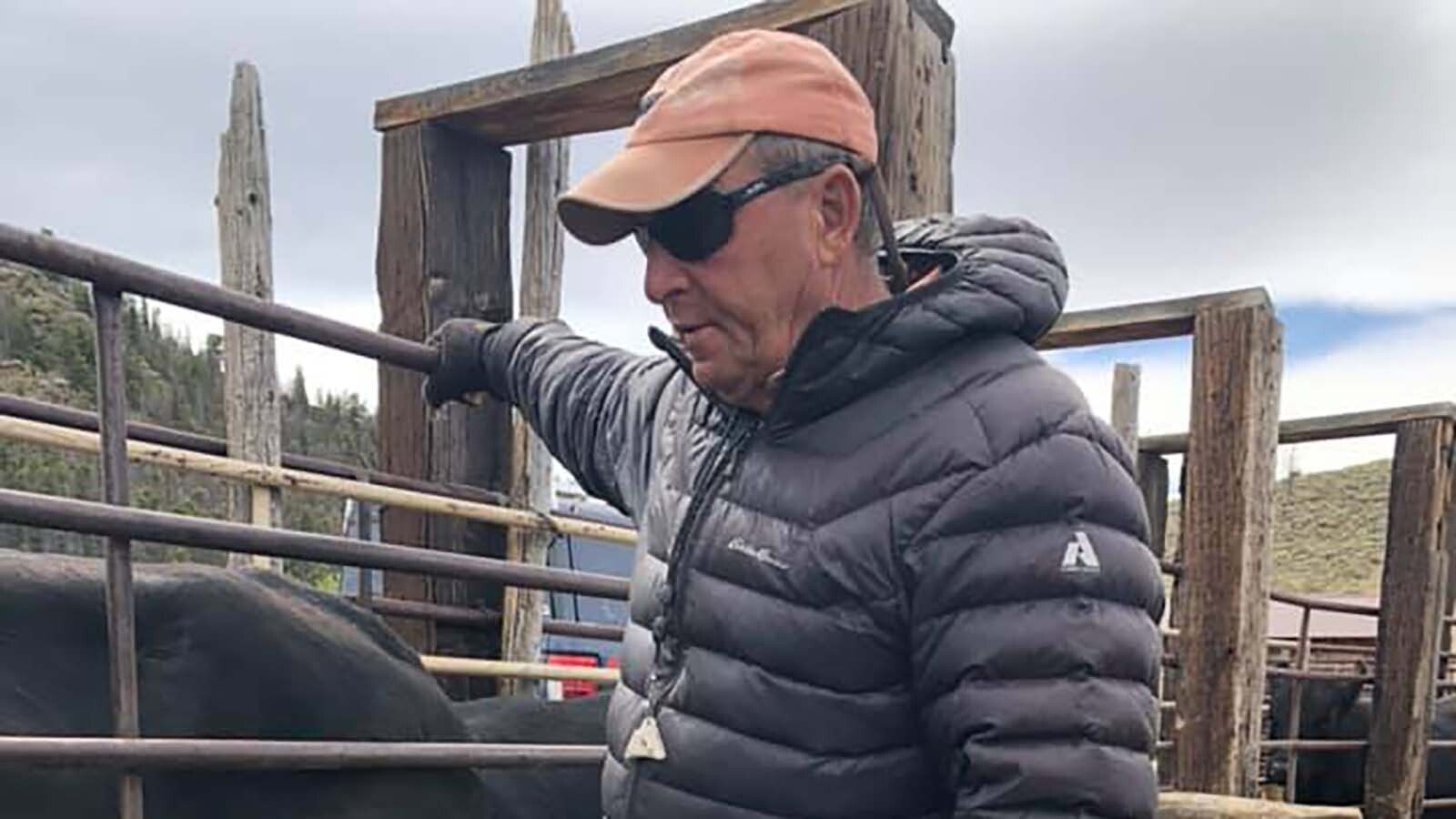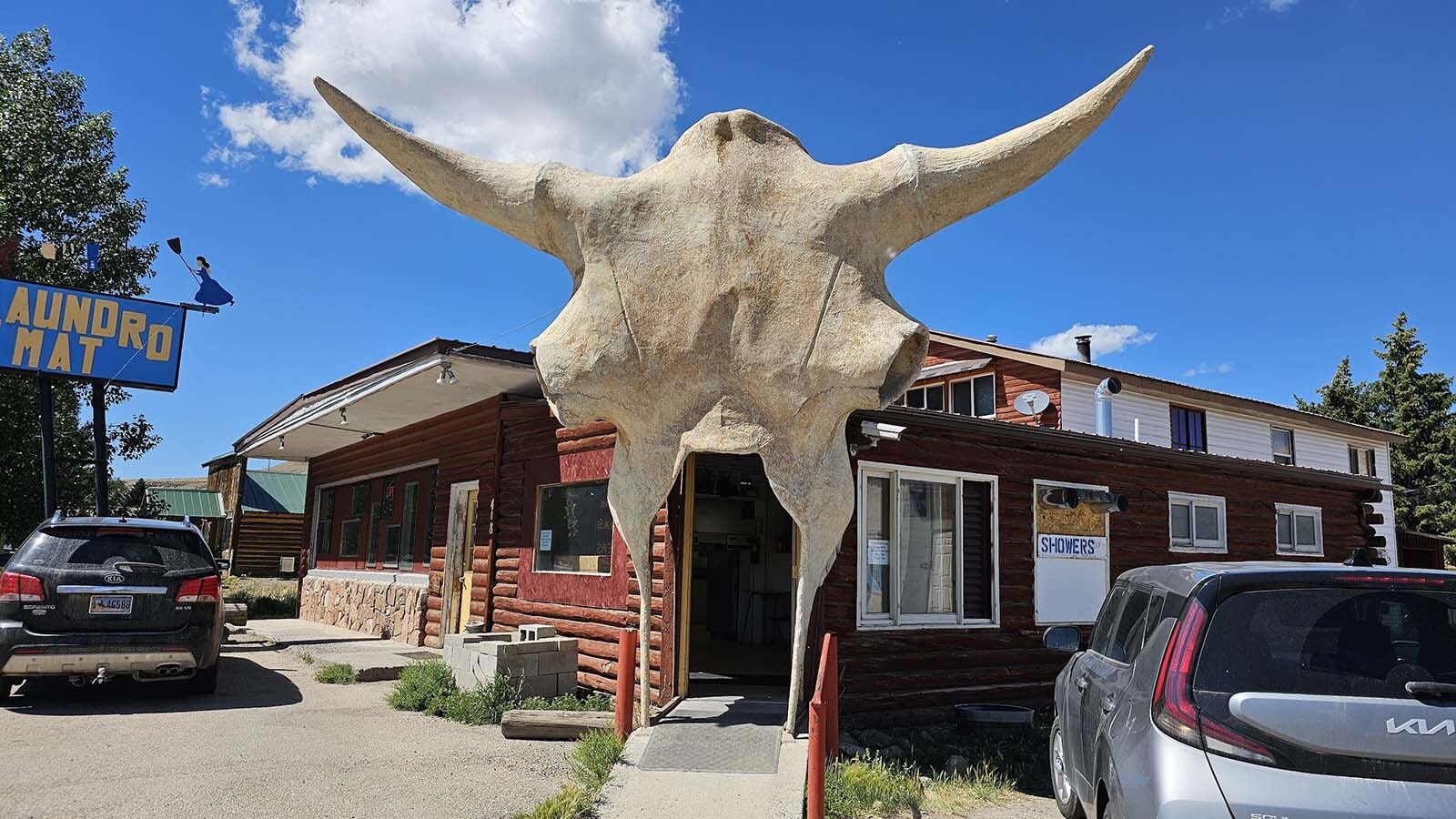Wyoming’s alkaline soils and dry climate make growing sugar maples a bit of an intense proposition.
But that doesn’t mean Wyomingites are out of luck when it comes to making maple syrup, that golden magic we all love to pour over our pancakes and waffles on Sunday morning.
That’s because it is quite possible to make maple syrup from any number of close sugar maple relatives, and there is one particular relative that grows very well in Wyoming.
The tree in question is the lowly box elder.
While many scorn it as a “trash” tree, box elder sap can become a tasty treasure, fit for anyone’s stack of golden pancakes or waffles.
University of Wyoming Extension Ag and Natural Resources Educator Abby Perry told Cowboy State Daily she’s has tasted syrup made from box elder trees, and it’s indistinguishable from a sugar maple’s.
That has her excited about a new feasibility study taking place in the Cowboy State and several other Intermountain West states, which will explore whether box elder syrup making can be commercialized.
“This started out in Utah,” Perry said. “And then they reached out to other states, and a colleague and I have done boxelder tapping before, so they reached out to us and asked if we wanted to be part of the study.”
This is Wyoming’s second year into the study, Perry added, which she is conducting in Rawlins. There she has attached a line of eye-catching blue buckets to a row of box elder trees in front of the Rawlins Family Recreation Center.
“Two weeks ago, I went out and checked on them, and the first time when you see that drip, drip, drip, drip into the bucket, it’s like, ‘Oh my gosh, this is so exciting,’” Perry told Cowboy State Daily. “This is really kind of a cool project to be part of.”
Trash To Treasure
The process of making box elder syrup is almost identical to that of tapping a sugar maple tree to make maple syrup.
A 50-cent tap, a milk jug and some twine is all the equipment needed to tap trees for sap for the noncommercial hobbyist.
One big difference, though, between box elder and sugar maples is that the sap from a box elder has significantly lower sugar content, at just 2%.
That means cooking the sap down for a much longer period of time to get to a sugar concentration that’s more like 66% to 67%.
“So, you boil and boil and boil and boil — you’re cooking it down for a long time,” Perry said. “In fact, the recommendation is not to do it inside your house because of how much moisture goes into the air.”
It produces so much humidity that Perry has heard stories about wallpaper peeling off the walls. So, most of the boiling should take place outside.
According to the process put together by Brian Sebade for the UW Extension publication “Barnyards & Backyards,” the box elder sap should be filtered prior to boiling to remove any impurities.
Excess bubbles can be cleared away as the sap is boiling down, which will take at least an afternoon.
The sap will gradually darken as it boils down, taking on that characteristic golden brown of maple syrup. That’s a nice visual check on how things are progressing.
Once most of the water has been driven off, the process can be finished inside.
At finish, the syrup should register about 7.5 degrees above whatever is the boiling point of water at a given location. The syrup can then be filtered one more time before canning or bottling, just to make sure it is completely pure.
Now Would Be A Late Start
Box elder trees in Wyoming should typically be tapped in February for best results, but the exact timing depends on where one is in the state, Perry said. Snow should still be on the ground, with no greening up.
Once greenup happens, sap will stop running and then it is too late to try and tap the trees.
For best results, choose trees that look healthy and have at least an 8-inch diameter trunk.
March is usually a bit late to start tapping trees, Perry said, but she is seeking someone who’d like to give manufacturing box elder maple syrup a try as a business. That would help her test out a tubing system that’s part of the ongoing feasibility study.
She also plans a workshop that will do a deep dive into the process of making maple syrup from box elders. She can be contacted at ajacks12@uwyo.edu for those who are interested in either.
One Year Left In Feasibility Study
The feasibility study of the commercial prospects of maple syrup from box elder trees is being spearheaded by the University of Utah, which received a three-year, $500,000 grant from the USDA to test the concept.
In addition to Utah and Wyoming, other states involved in the study are Idaho, Montana and South Dakota.
So far, Perry said her tapping results have been highly variable. Last year, for example, was a “weird year” in Rawlins and the trees didn’t produce well.
“It never really got warm and then, all of a sudden, it was 65 degrees,” Perry said. “This year, things have been flowing more like what we would expect.”
But now what she’s seeing is a high degree of variability in the trees themselves.
Three of the trees are producing a significant amount, while the rest are producing almost nothing.
“One of the trees that I right now am seeing the most sap from is one that has multiple trunks,” Perry said. “It has four or five trunks — something that I would normally call like a trash tree. It hasn’t really been pruned to look like a tree, yet it’s producing the most.”
The trees that look better and have been well-maintained and taken care of, meanwhile, are some of the trees that she sees producing the least sap.
Whether pruning is causing the lack of sap is something her study will try to determine as it continues into next year, Perry said.
“If that’s kind of the pattern we’re seeing year after year, then that’s maybe the kind of assumption we could make,” Perry said. “But I don’t know that we have enough information to assume that yet.”
Renée Jean can be reached at renee@cowboystatedaily.com
Renée Jean can be reached at renee@cowboystatedaily.com.















